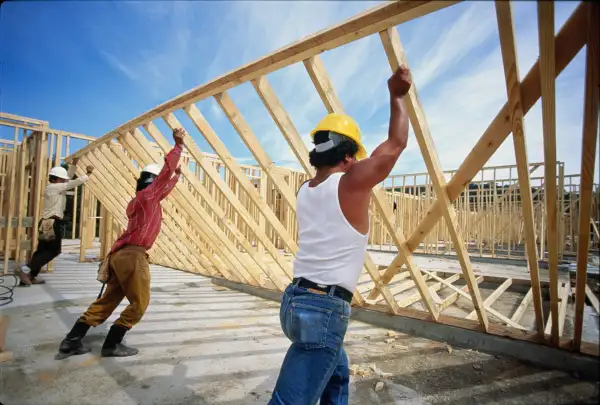Why's the Job Market Still Weak? Look At These 3 Charts
Money is not a client of any investment adviser featured on this page. The information provided on this page is for educational purposes only and is not intended as investment advice. Money does not offer advisory services.

In May, the U.S. economy added 217,000 jobs, a good-but-not-great showing. The construction industry, however, did little of the heavy lifting — adding only a seasonally adjusted 6,000 positions.
While construction jobs have been slowly recovering since 2011, they're still nowhere near their pre-financial crisis levels. By contrast, the broader economy has now made up for all the jobs lost in the downturn.
Why has construction been so slow to rebuild? One big factor has been housing. There are just a lot fewer people working to build houses after, you know, the biggest housing crisis in a generation. And that's still the case even though housing has come back some.
Another way to view construction’s struggles is to look at the total number of hours worked. In the last month of 2006, construction workers were on the clock for a seasonally adjusted 295.87 million hours. Last month, that number down at just 233.56 million hours. "Unlike the manufacturing and information sectors, the construction sector, which represents 5% of aggregate hours, had experienced a long trend prior to the Great Recession,” writes St. Louis Federal Reserve Bank economist Carlos Garriga.
The bottom line: The Federal Reserve will most likely continue its accommodative policy (i.e. super-low interest rates) as long as there is a lot of slack in the labor market. And thanks to the weak construction industry, there's still a lot of room for improvement.
